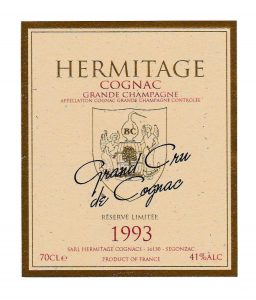Bottle Sizes
 There is often confusion over cognac bottle sizes. In fairness, there are many different shapes available today which generally hold recognized and approved quantities. But this hasn’t always been the case. Until the middle of the last century spirit measurements were in imperial quantities and measured in fluid ounces. This was largely because most suppliers were from Britain and even the big cognac houses, such as Hennessy and Martell, had British controlling interest.
There is often confusion over cognac bottle sizes. In fairness, there are many different shapes available today which generally hold recognized and approved quantities. But this hasn’t always been the case. Until the middle of the last century spirit measurements were in imperial quantities and measured in fluid ounces. This was largely because most suppliers were from Britain and even the big cognac houses, such as Hennessy and Martell, had British controlling interest.
In the mid-twentieth century though, it all changed to metric so that the UK could align itself with the rest of Europe. The 70cl bottle was born and became the accepted size except in America, where the wine bottle quantity of 75cl was adopted. If this wasn’t confusing enough, a magnum of cognac became the same as a magnum of wine (150cl). So, although a magnum of wine is twice the size of a wine bottle, this does not apply for spirits. Further variations occur when cognac houses use handmade bottles (which vary very slightly in size) for special presentations. These should all contain 70cl but, in order to keep fill levels consistent, some lucky customers may actually receive 1 or 2cl more.
If climatic conditions change, fill levels become another variant. Cognac, like other spirits, expands and contracts according to temperature. Alcohol and bottle quantities are initially measured at 20 degrees Celsius, but on a hot day, the level in a full bottle may appear higher than one that has been stored in a cool place.
In France, the Bureau National Interprofessionnel du Cognac (BNIC), the controlling body of cognac, allows the following sizes: 10cl, 20cl, 35cl, 50cl, 70cl, 75cl (America only), 100cl and 150cl. However, some much older bottles that we have seen contain half pints, pints, imperial quarts, imperial half gallons, imperial three-quarter gallons and 25 quarts (storage jars). So, if you want to size up a bottle, it’s probably best to check the quantity, you can usually find it in the bottom corner of the front label!
